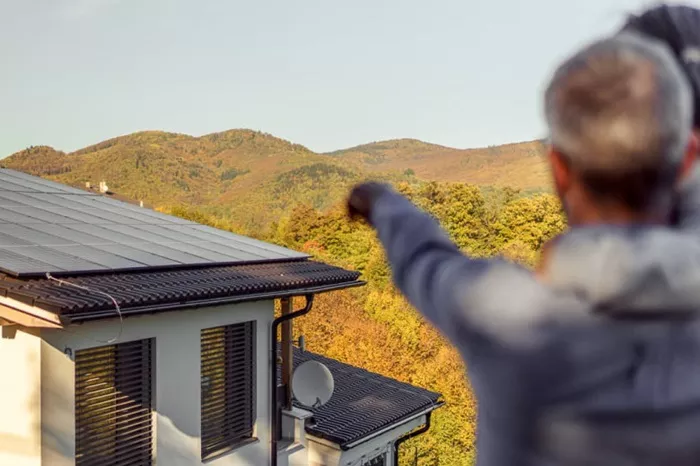In a landmark move, the Australian Energy Market Commission (AEMC) has finalized plans to allow virtual power plants (VPPs) to compete directly with large-scale power generators in the national energy market. This initiative, set to take effect in May 2027, aims to harness consumer energy resources (CERs), such as rooftop solar panels and battery storage, to support grid stability and efficiency.
The decision, announced in December 2024, represents a significant step in Australia’s energy transition. VPPs, which aggregate distributed energy resources like rooftop solar, batteries, and demand response systems, will now be able to participate in the wholesale electricity market alongside traditional power stations. To encourage participation, incentives worth AU$50 million will be available starting April 2026.
A key feature of the reforms is the introduction of a new “dispatch mode,” enabling retailers to bid CERs into the market. This innovation is expected to provide greater visibility and predictability for the Australian Energy Market Operator (AEMO), which currently faces challenges in forecasting how these distributed resources will respond to price changes.
AEMC Chair Anna Collyer likened the reforms to “giving the electricity system a pair of glasses,” allowing it to “see and respond to retailers’ and customers’ actions that were previously invisible.” She emphasized that the changes will create new opportunities for both energy suppliers and consumers, enhancing market efficiency and flexibility.
CERs, which include small-scale energy systems like rooftop solar, battery storage, and backup generators, enable consumers to respond to real-time energy prices. The AEMC has highlighted the potential of CERs and VPPs to deliver significant benefits, including cost savings of approximately AU 834 million (US 545 million) between 2027 and 2050. Additionally, the reforms are expected to boost the adoption of small-scale solar installations.
The integration of CERs into the energy market is particularly timely as Australia phases out coal-fired power generation, a process slated for completion by 2038. By leveraging distributed energy resources, the grid can maintain stability and reliability during this transition.
This initiative underscores Australia’s commitment to a cleaner, more resilient energy future, with VPPs and CERs playing a pivotal role in shaping the nation’s electricity landscape.
Related topic:
- Toshiba to Supply Gear for Patuha 2 Geothermal Project, Indonesia
- Winter Storm Leaves Kentuckians Without Power
- Ontario Power Generation Shuts Down Pickering-4 Nuclear Plant

